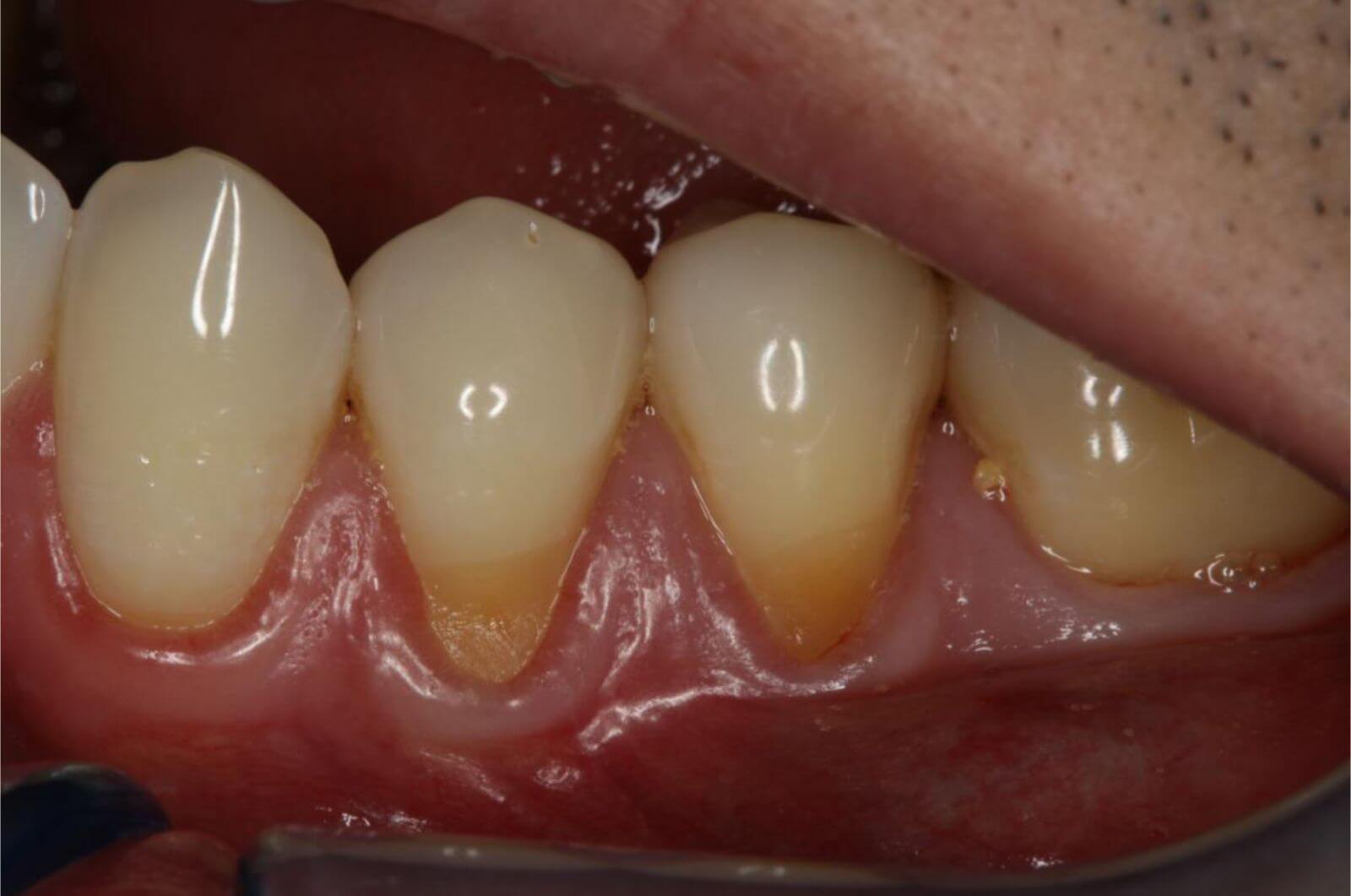Tooth With Exposed Root: Fix Pain Now

Experiencing tooth pain due to an exposed root can be a distressing and debilitating condition, affecting not only your oral health but also your overall quality of life. The root of a tooth is typically protected by the gums and bone, but when these protective barriers are compromised, the sensitive inner parts of the tooth can become exposed, leading to significant discomfort. This exposure can occur due to various reasons such as gum recession, periodontal disease, or injury. Understanding the causes, symptoms, and available treatments for an exposed root is crucial for managing the pain and preventing further complications.
Causes of Exposed Tooth Root
Several factors can contribute to the exposure of a tooth’s root. Gum recession, often a result of periodontal disease, is a common cause. Periodontal disease, or gum disease, is an infection of the gums that can cause the gums to pull away from the teeth, exposing the roots. Aging is another factor, as gums naturally recede with age, potentially exposing parts of the tooth that were once covered. Aggressive brushing can also lead to gum recession, especially if one uses a hard-bristled toothbrush or brushes with excessive force. Additionally, teeth grinding and clenching (bruxism) can put extra pressure on the teeth and surrounding gums, leading to recession.
Symptoms of an Exposed Tooth Root
The symptoms associated with an exposed tooth root can vary but often include sensitivity, which is usually the first noticeable symptom. This sensitivity can range from mild to severe and is typically exacerbated by hot, cold, sweet, or sour foods and drinks. Pain when eating or drinking, especially items that are hot, cold, or sweet, is also common. In some cases, discomfort or pain when brushing or flossing near the affected tooth can occur. Visible recession of the gum line around the tooth is another symptom, which can be observed as the gum pulling back from the tooth.
Treatment Options for Exposed Tooth Root
Fortunately, there are several treatment options available to address the discomfort and underlying issues associated with an exposed tooth root. The choice of treatment depends on the extent of the exposure and the overall health of the tooth and surrounding gums.
- Desensitizing Toothpaste: For mild cases of sensitivity, using a desensitizing toothpaste can help block the dentinal tubules in the exposed root, reducing pain and discomfort.
- Fluoride Gel or Varnish: Applying a fluoride gel or varish to the exposed area can help strengthen the tooth and reduce sensitivity.
- Dental Bonding: In some cases, a dentist may apply a bonding agent to the exposed root to protect it and reduce sensitivity.
- Gum Grafting: For more severe gum recession, a gum graft may be necessary. This procedure involves taking gum tissue from another part of the mouth and attaching it to the receded area to cover the exposed root.
- Root Canal: If the exposure has led to significant pain or infection, a root canal may be required to remove the damaged pulp from the tooth.
- Crowns or Onlays: Placing a crown or onlay over the tooth can protect it from further irritation and decay, especially if the tooth structure has been compromised.
Preventive Measures
Preventing gum recession and exposed roots begins with good oral hygiene practices. Regular brushing and flossing can help prevent plaque buildup, which leads to gum disease. Using a soft-bristled toothbrush and brushing gently can reduce the risk of gum recession due to aggressive brushing. Regular dental check-ups are also crucial for early detection of gum disease and other oral health issues. Avoiding tobacco products, which can increase the risk of gum disease, and managing stress to prevent teeth grinding and clenching are additional preventive measures.
Conclusion
An exposed tooth root can be a painful and distressing condition, but with the right treatment and preventive measures, it is possible to alleviate the discomfort and protect your oral health. If you are experiencing symptoms of an exposed tooth root, it is essential to consult with a dental professional who can provide a proper diagnosis and recommend the most appropriate treatment options. By understanding the causes, symptoms, and available treatments, you can take proactive steps towards fixing the pain now and maintaining a healthy, comfortable smile for years to come.
What are the primary causes of an exposed tooth root?
+The primary causes include gum recession due to periodontal disease, aging, aggressive brushing, and teeth grinding or clenching. Each of these factors can compromise the protective barriers around the tooth, leading to exposure of the root.
How can I prevent an exposed tooth root?
+Prevention involves maintaining good oral hygiene through regular brushing and flossing, using a soft-bristled toothbrush, attending regular dental check-ups, avoiding tobacco products, and managing stress to prevent teeth grinding and clenching.
What are the treatment options for an exposed tooth root?
+Treatment options vary based on the severity of the exposure and include desensitizing toothpaste, fluoride gel or varnish, dental bonding, gum grafting, root canal, and crowns or onlays. The goal of treatment is to protect the exposed root, reduce sensitivity, and prevent further complications.
